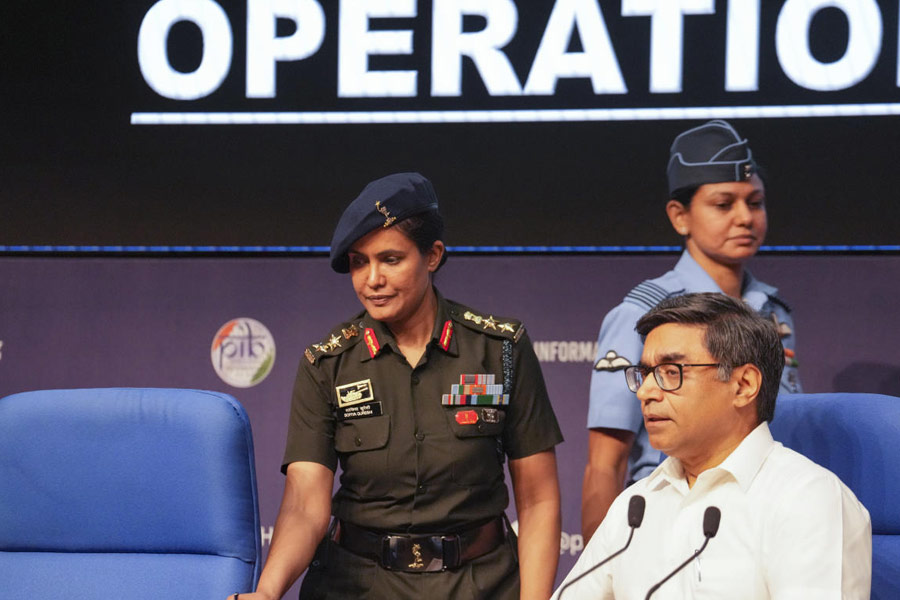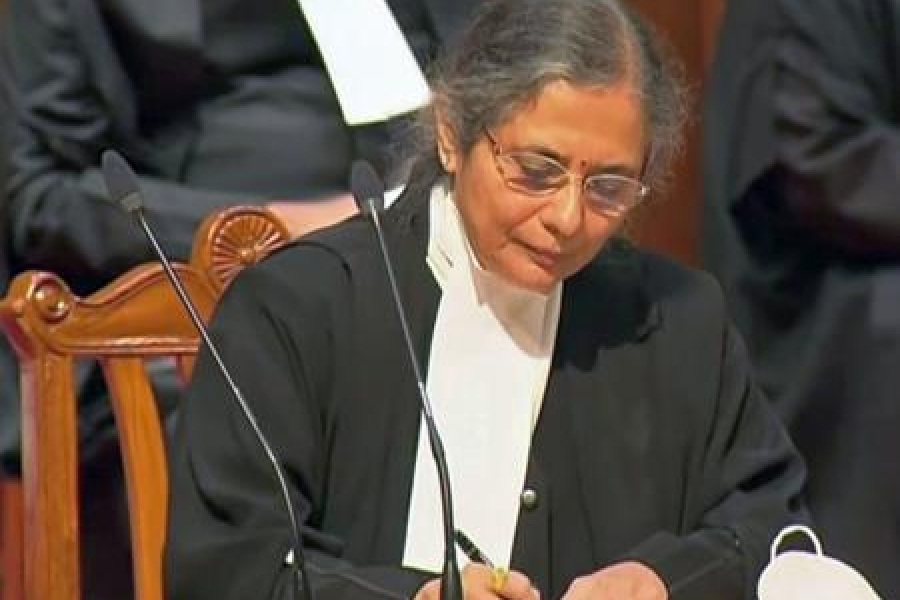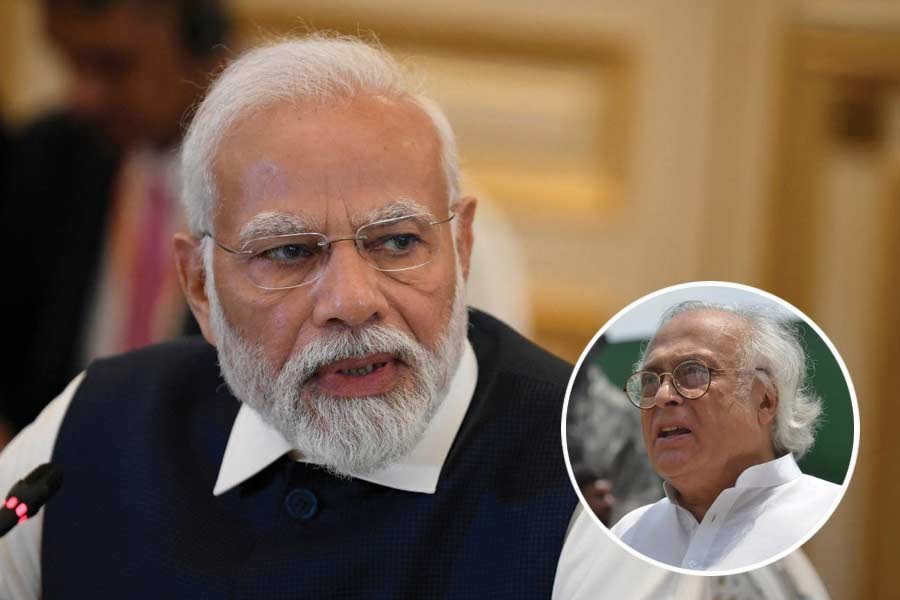
When hundreds of his peers from Srinagar’s old city were trotting across the Line of Control to receive arms training a quarter century ago, a young Manzoor Ahmad Daikoo was keeping alive a legacy often associated with the Valley’s fleeing Pandits.
He was collecting rare manuscripts, some over a millennium old, that were getting lost to the mayhem following the advent of militancy.
“I have more than 11,000 manuscripts, more than the state archives department has and perhaps the largest individual collection in north India,” Daikoo, now 50, says.
He calls the collection, stacked in racks and gunny bags at his home in suburban Nishat, the “Kashmir Research Institute”.
Sure enough, it keeps attracting scholars from across the country and abroad.
“Many of my manuscripts are from unknown authors and without a second copy. Many are original, unpublished scripts,” Daikoo says.
“I’ve manuscripts written on paper, birch bark and even cloth.... They can buy me a fortune but I’ll never sell them.”
Daikoo has what his mentor Triloki Nath Ganjoo, former Sanskrit professor at Kashmir University and a Shaivism expert, avers is a rare “complete” manuscript of the famed Kathasaritsagar, a 10th-century collection of stories.
Most of the manuscripts are in the Sharda Lipi, the ancient script for Kashmiri and Sanskrit writing, or Persian.
“I also have manuscripts in Kashmiri (in the calligraphic Nastaliq script), Punjabi, Hindi and English.... I have pieces written with fingernails, called khat-e-nakhoon, an ancient art,” Daikoo says.
He explains that these were written without ink, by using specially pruned and nurtured fingernails as styluses to make fine grooves on paper that last centuries.
“I have a couple of manuscripts of nail-written religious literature in Sharda, around 300 years old. They are among my most prized possessions.”
What inspired Daikoo? Like many others in the Valley, mostly the Pandits, he had inherited a collection of manuscripts from his forefathers. When the Pandits migrated, many left behind their valuable collections, much of which was in danger of falling into the hands of thieves.
Besides, the security forces, in their hunt for subversive writing, were questioning people over every piece of literature they possessed, prompting many to destroy their manuscripts.
“Even my uncle dumped a bag of scrolls once in the Jhelum to save his skin and mine,” Daikoo says.
“That motivated me to do all I could to preserve these documents. I tried to convince whoever would listen that they were precious. I started buying as many as I could.”
He says he has travelled to Hyderabad, Badaun and Punjab to procure parts of his collection. But most of it was from Kashmir, covering aspects of Kashmiri life ancient and modern, from history, philosophy and religion to politics, literature and medicine.
“Many are about Kashmiri Shaivism or Trikishastra as it is called. There are translations of the Ramayan and the Mahabharat in Persian. One book shows how much our ancestors knew about the veterinary sciences.”
He says he has unpublished writing by Urdu poets from the last century, such as Brij Narain Chakbast and Nand Lal Farsi.
Daikoo, who translates oriental literature for a living, had inherited large tracts of land, some of which he sold — he says they would fetch crores at current prices — to buy the manuscripts.
Ganjoo says Kashmir’s rich tradition of writing grew partly from its cold winters when many would sit indoors and write. He said there were 30 lakh Sharda manuscripts across the world, much of it taken away by western scholars during British rule.
Daikoo also has thousands of books, administrative orders and key documents of past regimes, and old photographs, coins and newspapers.
He says he never received any assistance. “Only once I received preservatives worth Rs 1.6 lakh from the government.”
Most of his collection is therefore poorly preserved, stacked in gunny bags and easy prey for termites.
“Preserving them scientifically costs a lot. I approached the state government but it offered no help,” he says.
Nor did the Centre’s director of manuscriptology when Ganjoo met him, he says.
Only 3,500 of Daikoo’s manuscripts are catalogued. “You need experts to do that and you have to pay them. I spent Rs 2.6 lakh on cataloguing; I couldn’t afford more,” he says.
He is saving up to build a preservation chamber on his lawns. “It will take me Rs 30 lakh to build but I shall be better able to preserve them,” he signs off.










